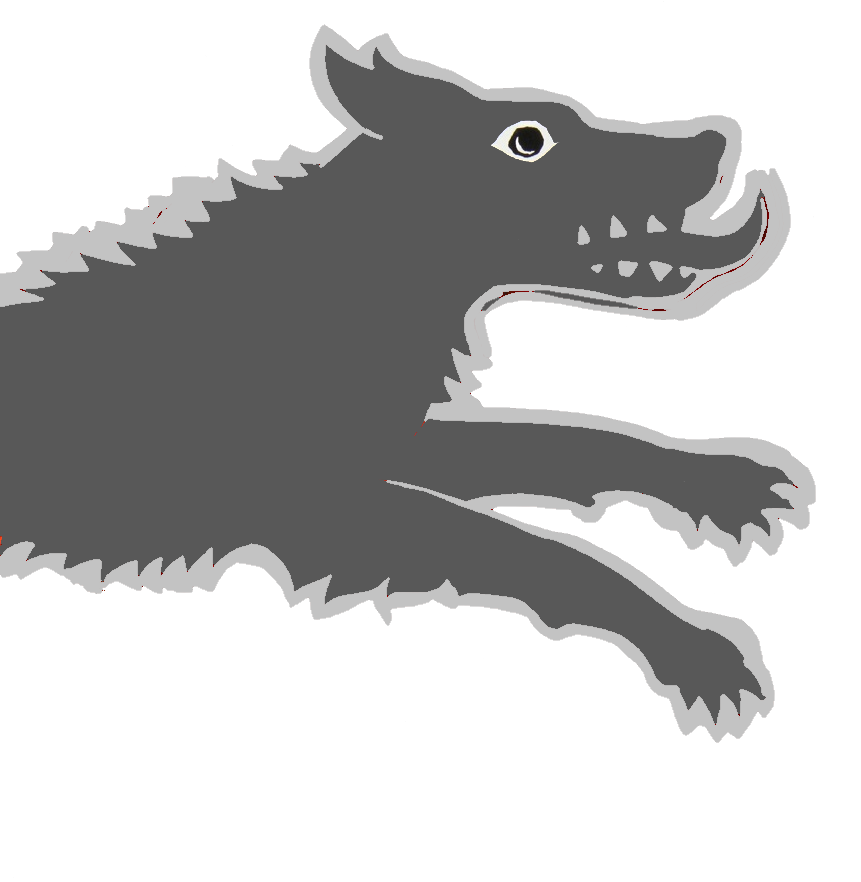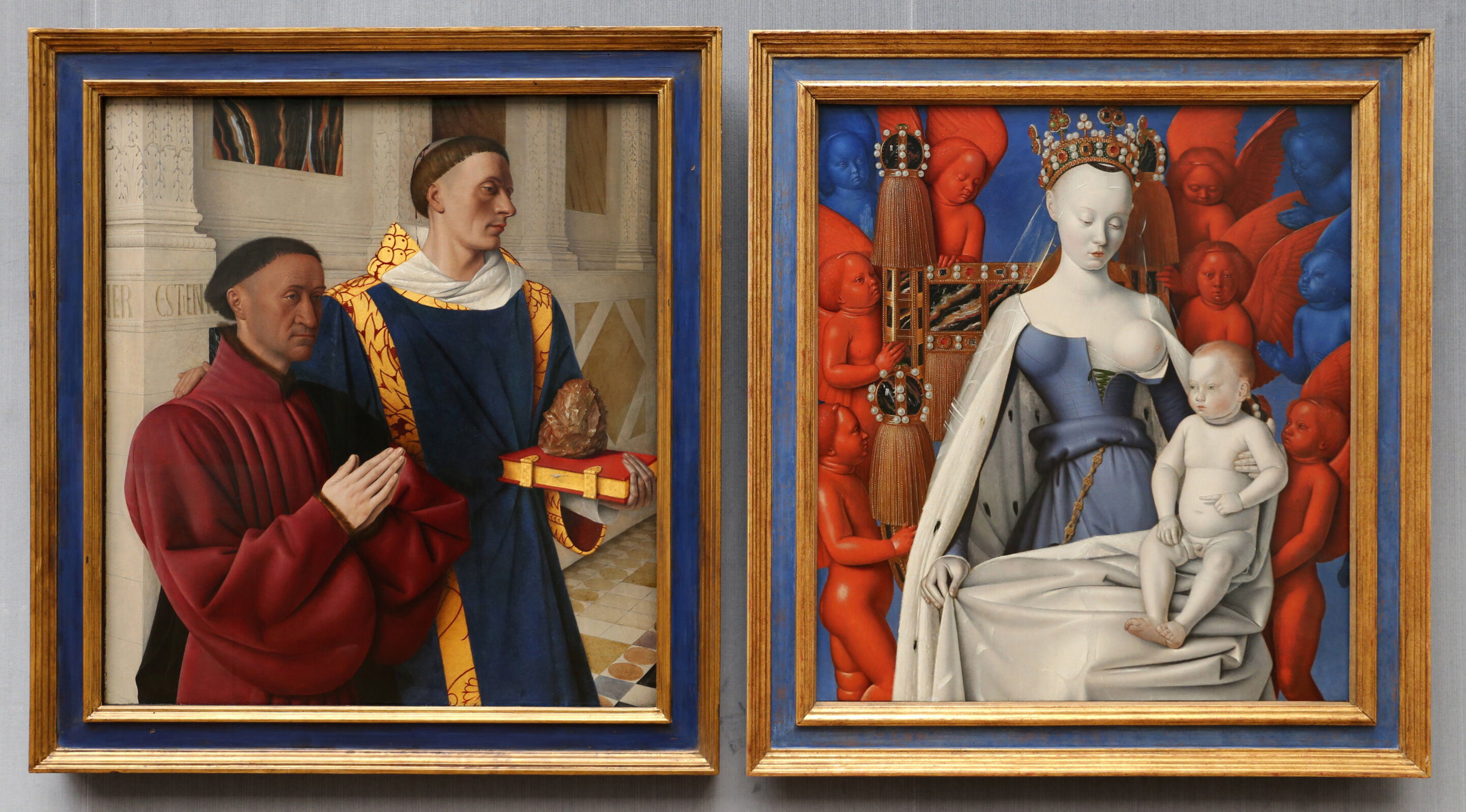- cross-posted to:
- history@mander.xyz
- cross-posted to:
- history@mander.xyz
More than 500,000 years ago, our human ancestors used large, stone tools known as “Acheulean handaxes,” to cut meat and wood, and dig for tubers. Often made from flint, these prehistoric oval and pear-shaped tools are flaked on both sides and have a pointed end.
Researchers from Dartmouth and the University of Cambridge have identified that “The Melun Diptych” (circa 1455), painted by Jean Fouquet, depicts what is likely the earliest artistic representation of an Acheulean handaxe, demonstrating that these objects had an even earlier place in the modern world. The findings are published in the Cambridge Archaeological Journal.



They mimic the colors of the two monks. The red ones have almost devilish wings. The queen is depicted in blue. I’m sure there’s some symbolic message about the artist calling one of the clerics a devil.
Both monks seem to be staring at her ghost nipple 🧐